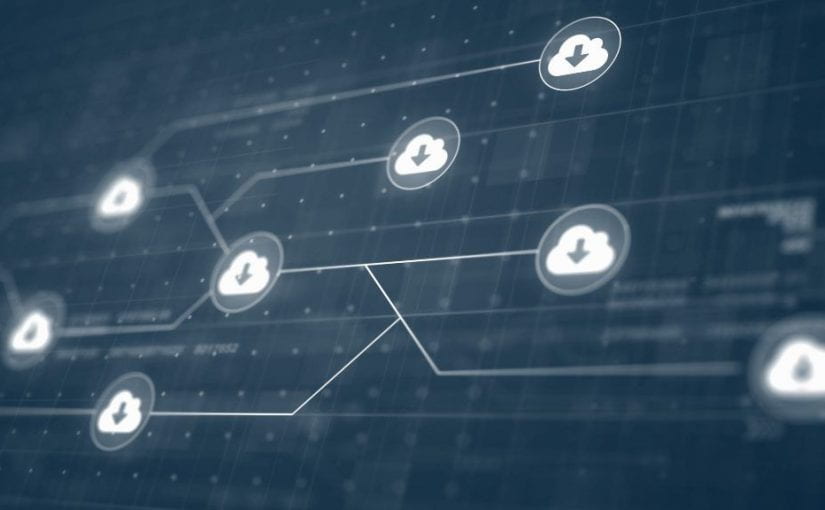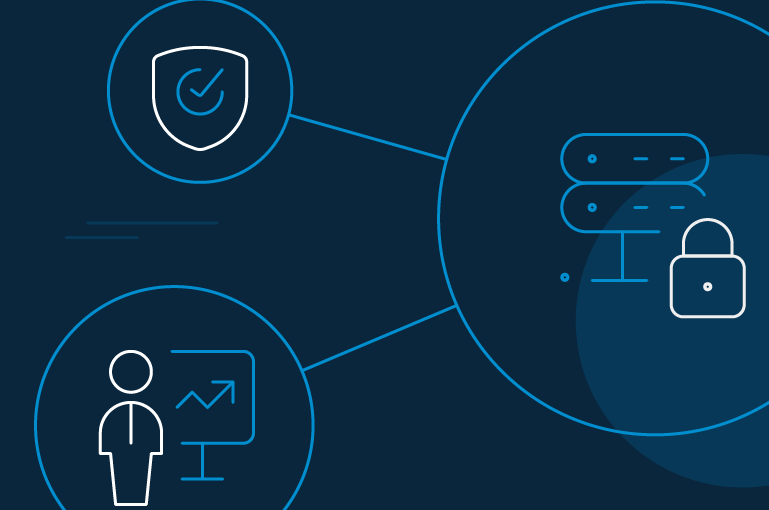Adaptive authentication is a mechanism for sending alerts or prompt customers to complete a further step(s) to validate their identity when an authentication request is considered malicious in compliance with the security policy of your company. It allows users to log in with a username and password while offering a security layer when a malicious attempt is made to access the system without any additional authentication barrier.
Malicious Attempt Factors
Adaptive Authentication analyzes the user interaction with your application and intelligently builds a risk profile based on the consumer behavior or your organization’s security policy. The system creates a user. You can define the risk factors in one of the following ways:
Pre-defined Factors
You can define one or more risk factors based on your business requirements:
User Role: Employees with higher user positions can carry out sensitive measures in the system; thus you can ask them to take more steps to authenticate them. Employees with lower user positions pose a lower security risk and can log into frictionless user experience with usernames and passwords. Susceptible resource access: Often, when attempting to access a confidential resources like financial statements, employees may be asked to perform more authentication measures
Perform sensitive actions: If workers attempt to conduct confidential acts such as editing or deleting actions for sensitive information, further measures may be taken to verify their identity.
Location: The employees are trying to login into a system using a public network instead of the office network.
Device: If employees use their personal laptop instead of using a company-issued laptop.
Dynamic Factors
Most systems build a risk profile based on a consumer’s recent interaction with your applications. The system generally leverages machine learning to create this profile on the fly. Here are the common risk factors:
Country: The system can trigger actions and notifications if the consumer is logged in from a different country. e.g., If the consumers travel outside of their country of residence and try to access the system, some financial instructions like credit card companies block the access for the consumers to the system. These companies require you to inform the companies before leaving the country to whitelist the country for your account in the system.
City: If the consumer has logged in from a different city than he usually logs in from, it will trigger Adaptive Authentication. Once the consumer completes the Adaptive Authentication for the new city, the city can be added to the system for future Logins without the Adaptive Authentication.
Device: The request is flagged as malicious under the Adaptive Authentication if the user is trying to login from a new computer. When the user has completed the adaptive authentication for the new device, without Adaptive Authentication it is possible to add a city to the system for future login.
Browser: The authentication try is considered malicious if the user logged in from the browser of Chrome and attempts at unexpectedly logging in from the browser of FIREFOX. When the user completes the Adaptive Authentication phase, the browser will be listed whitelisting potential consumer authentication attempts.
Combination of Factors
You can also combine the Pre-defined factors (as mentioned above) and Dynamic factors to trigger the Adaptive Authentication.
Learn in detail about how adaptive authentication works in this article.


